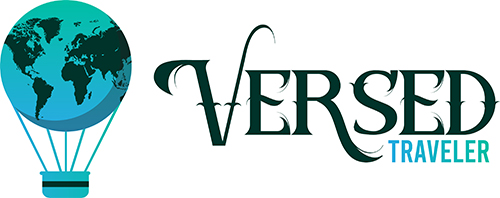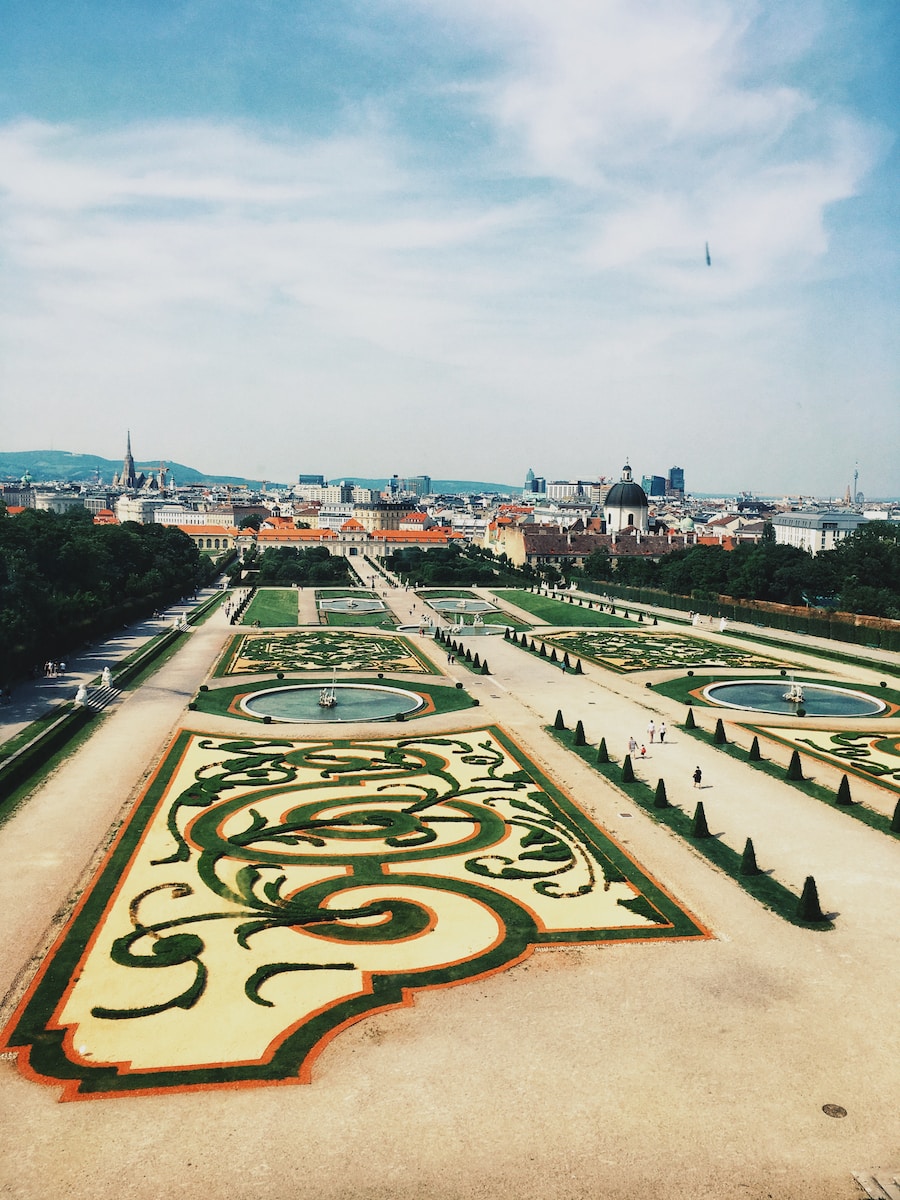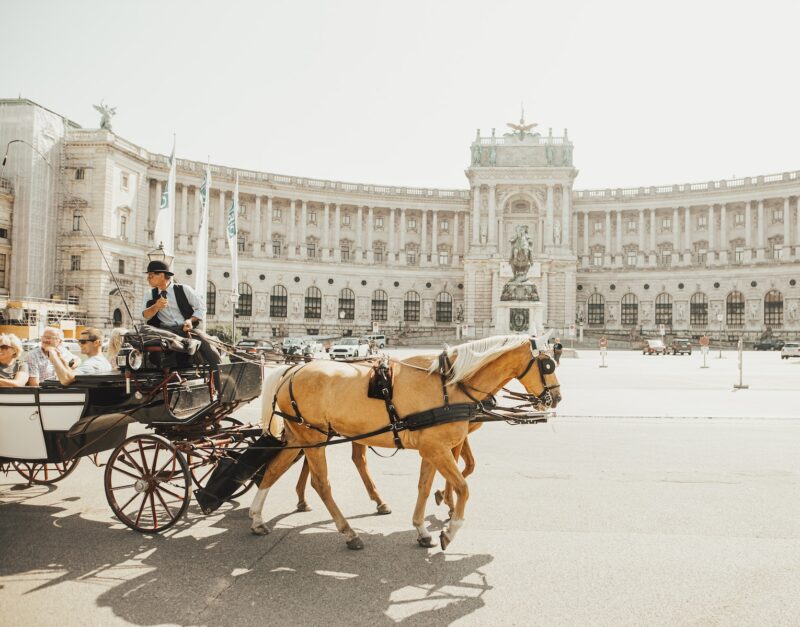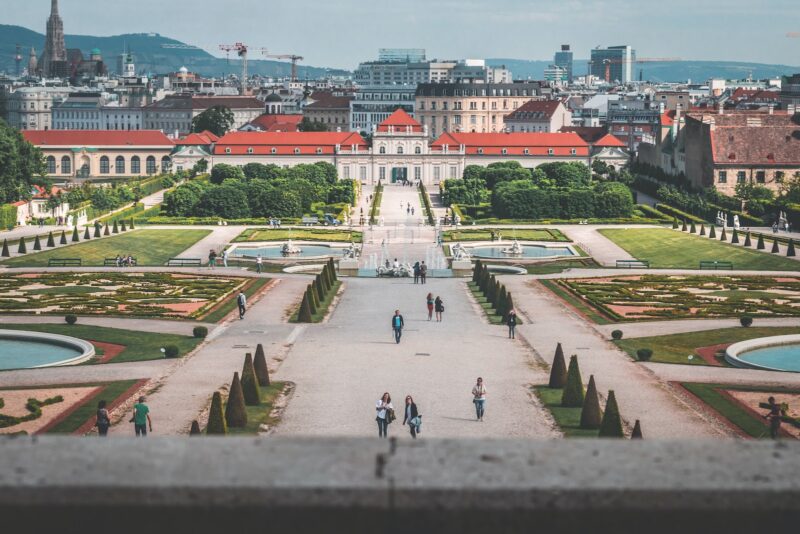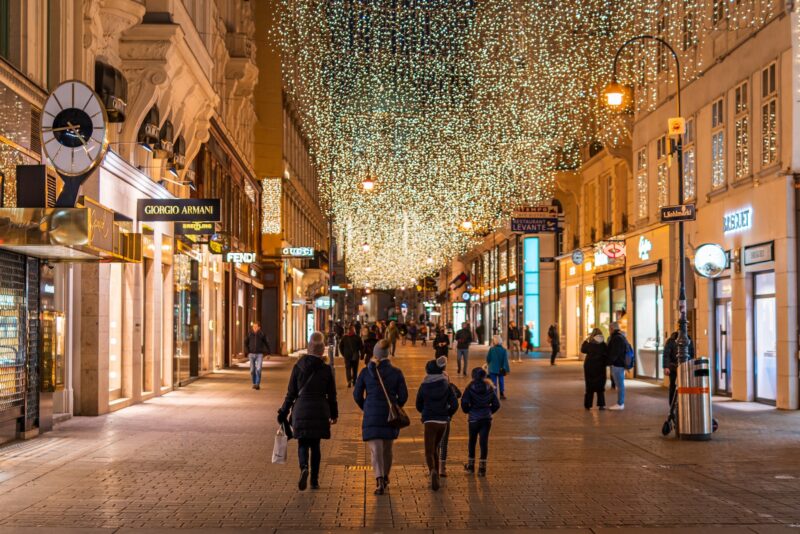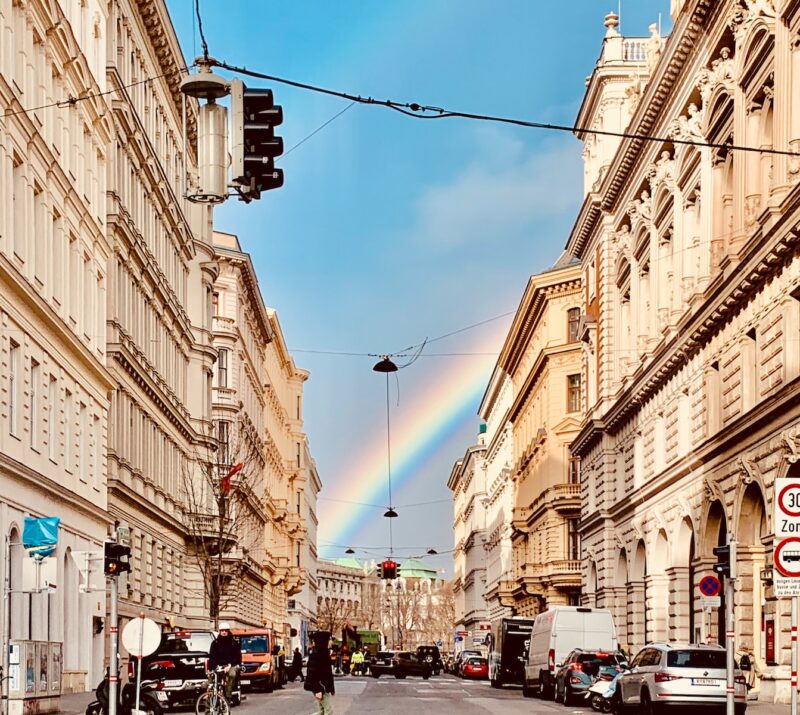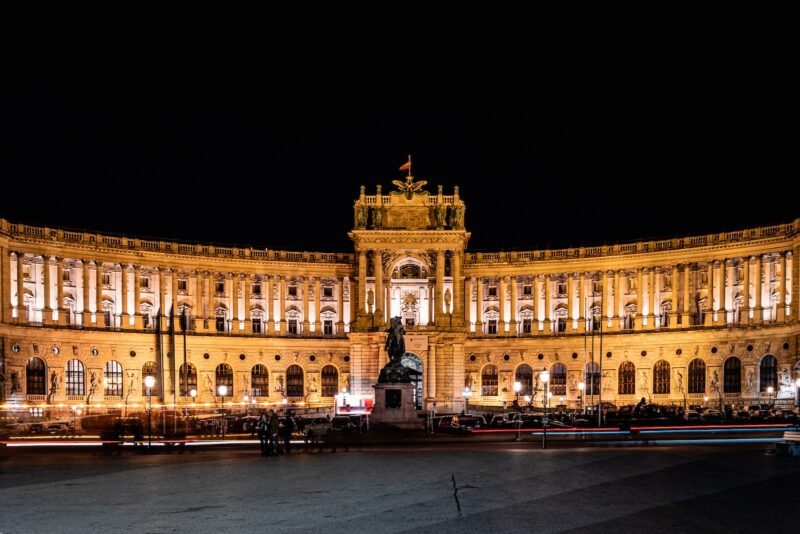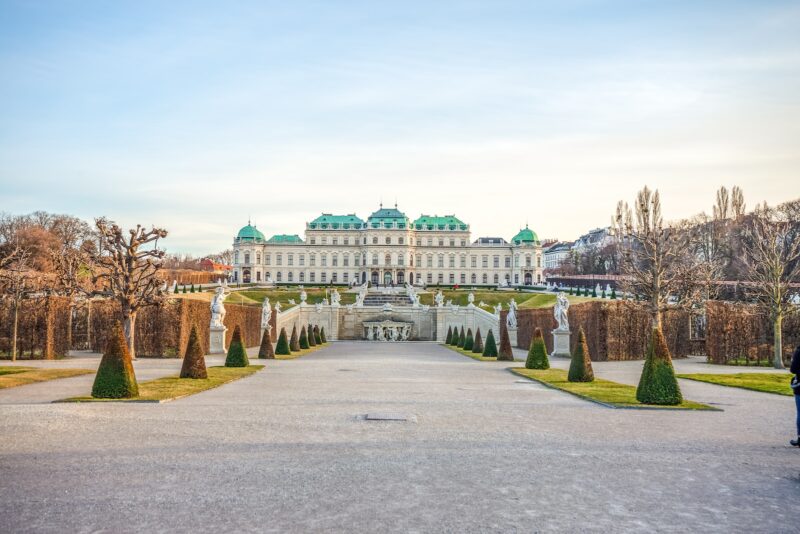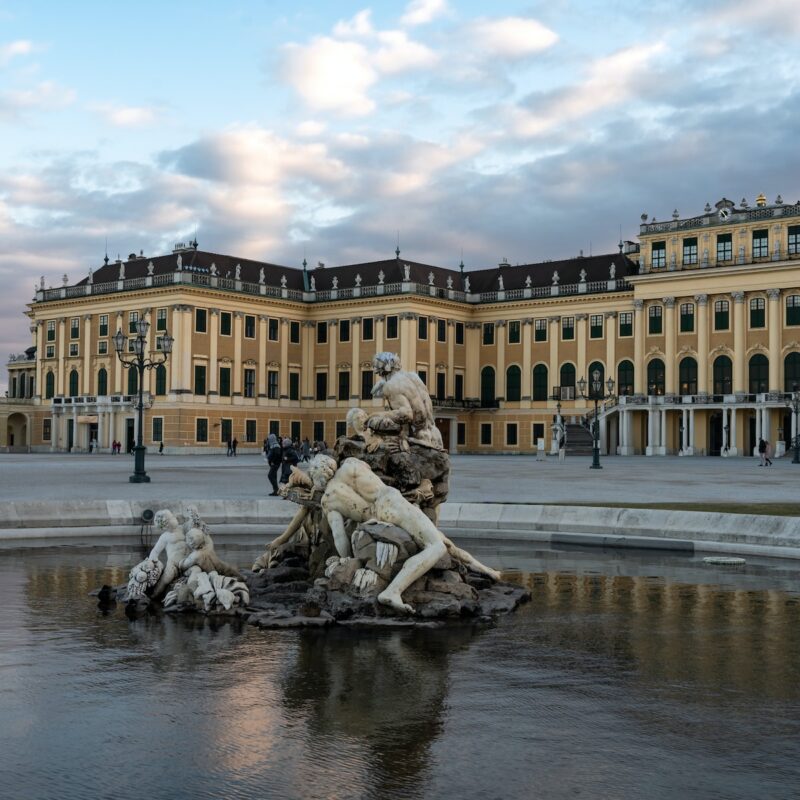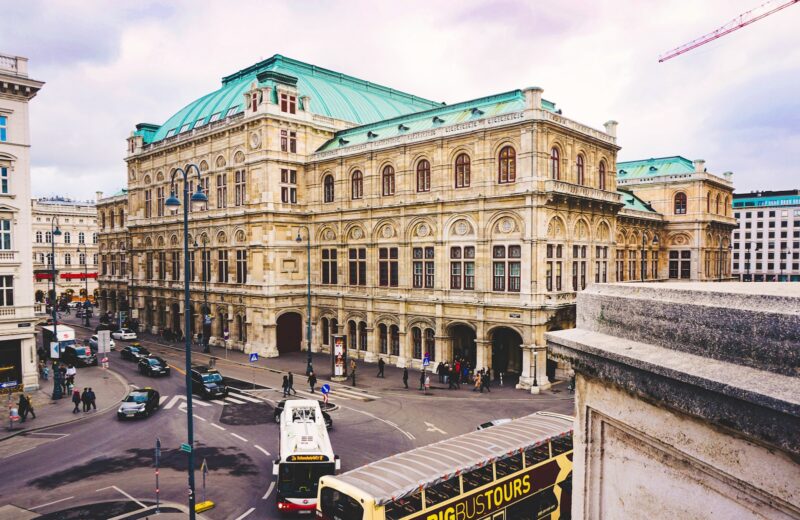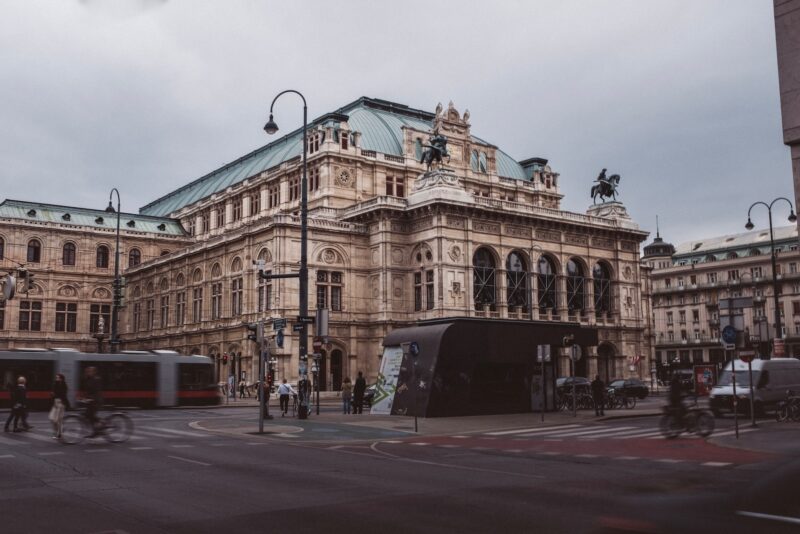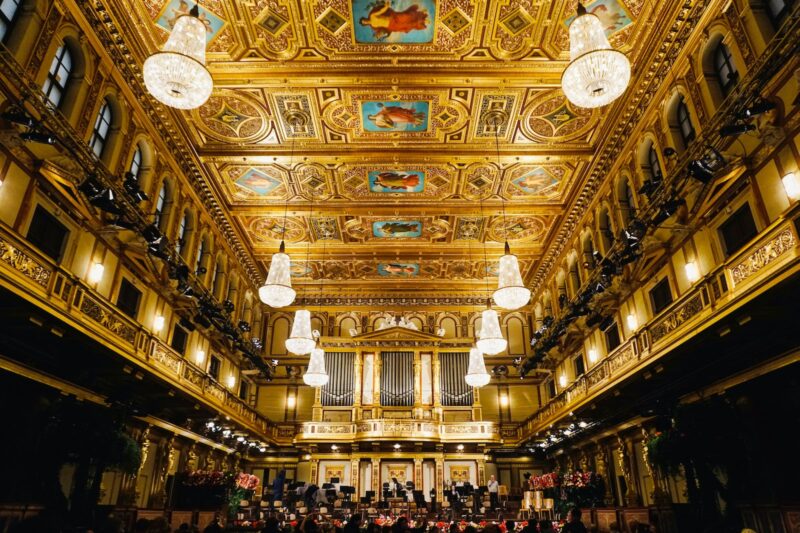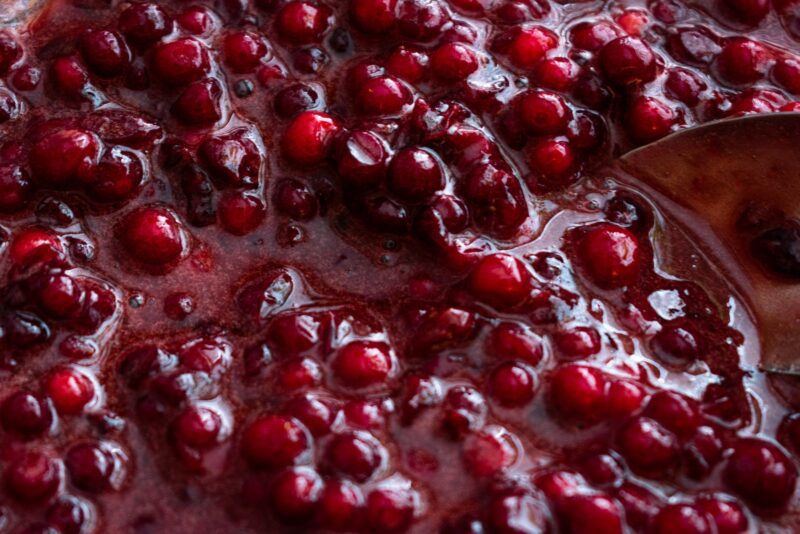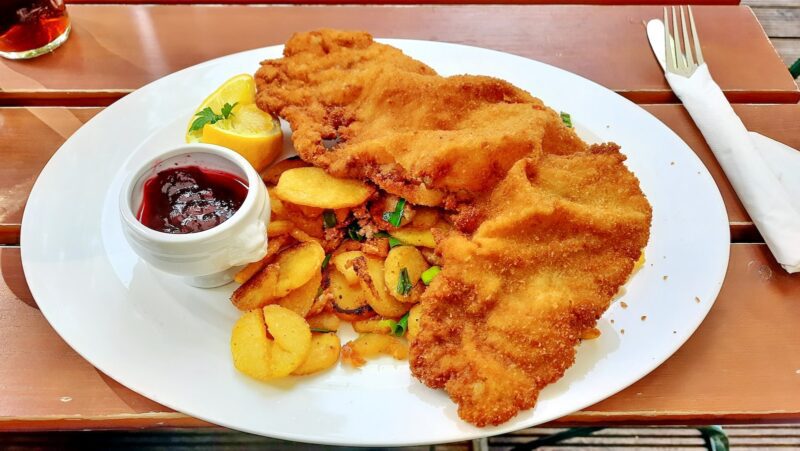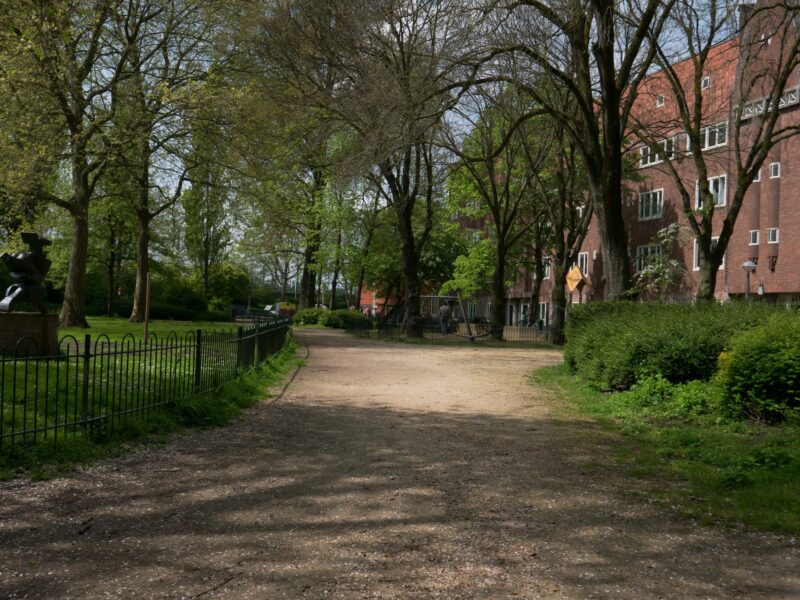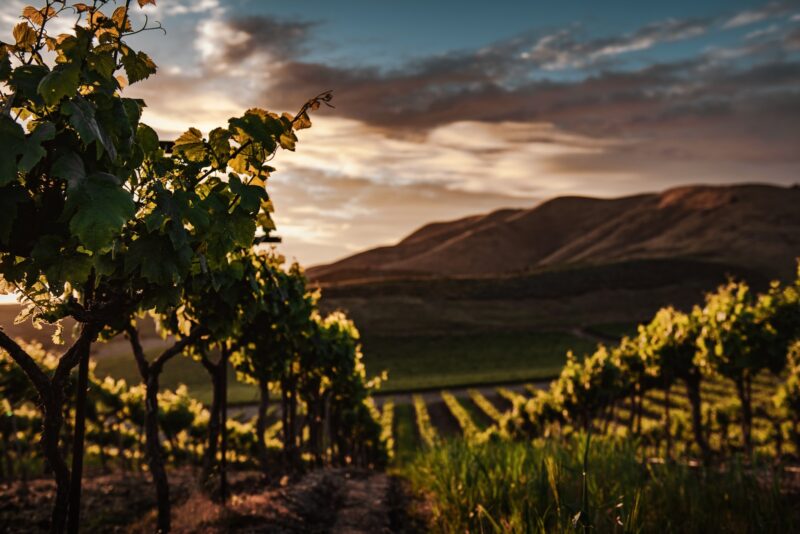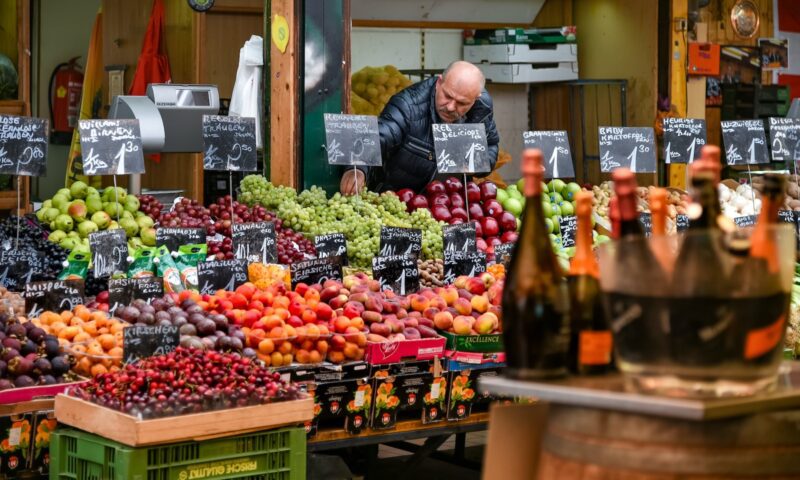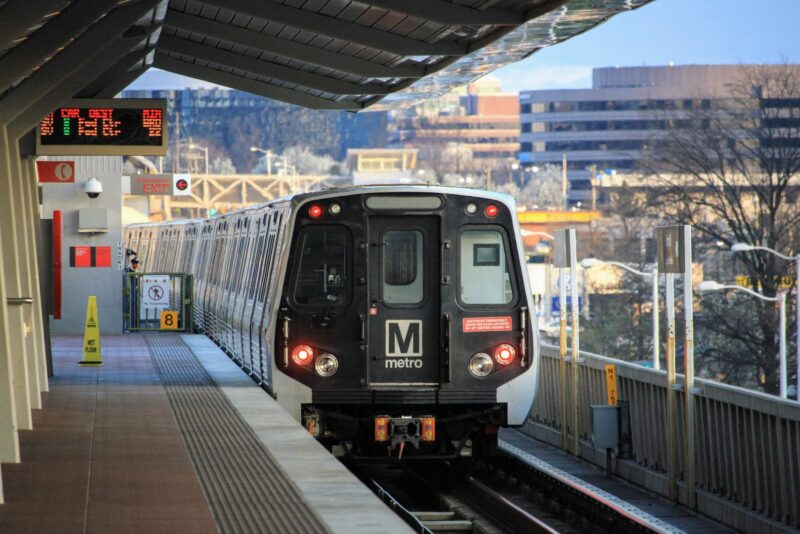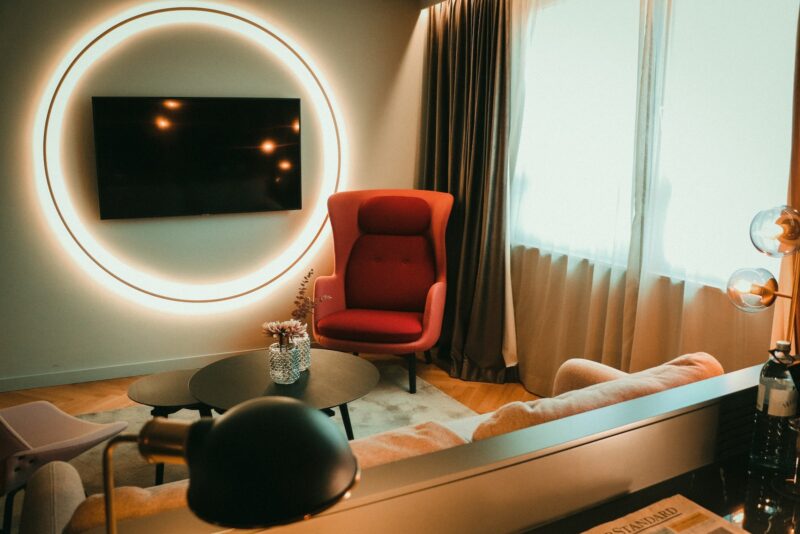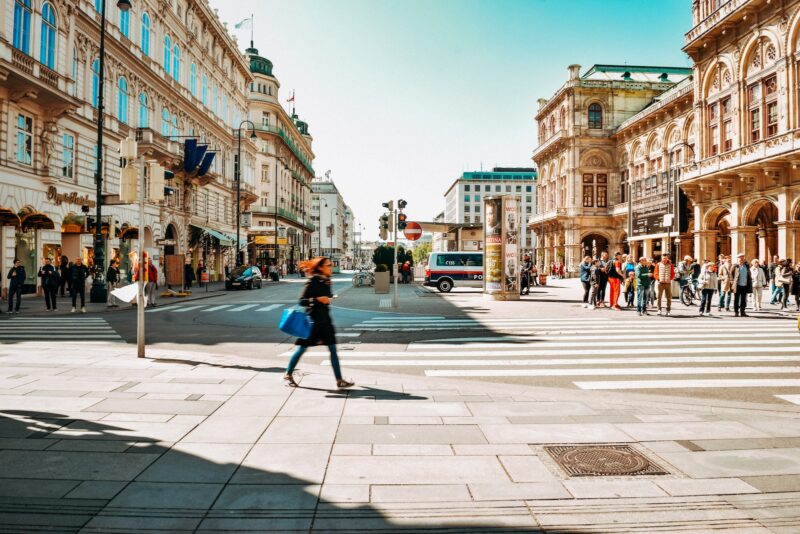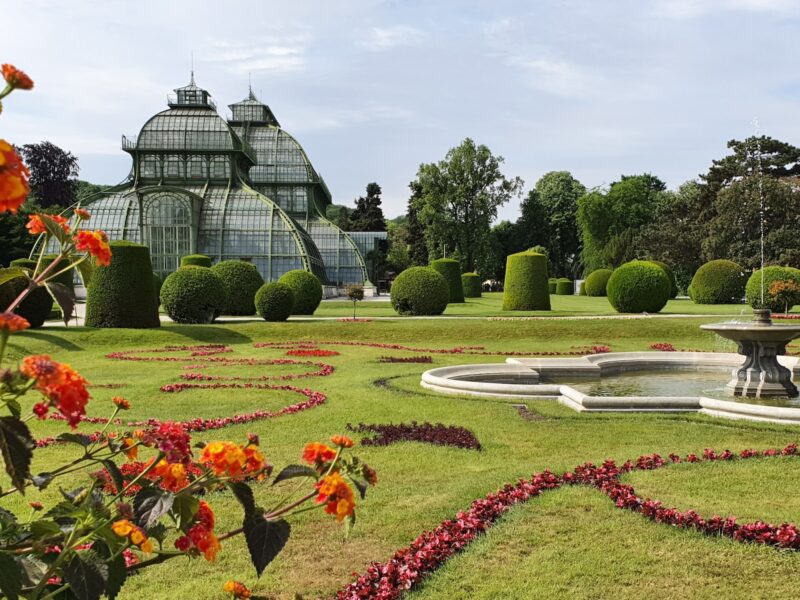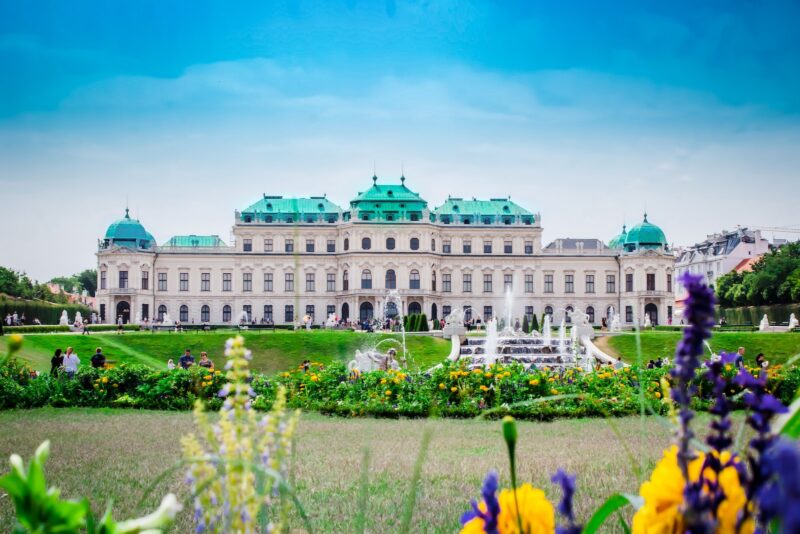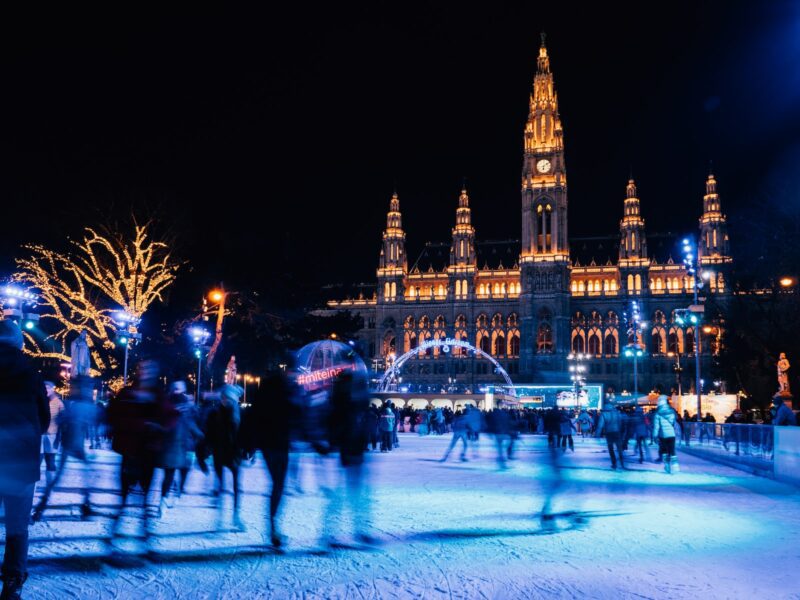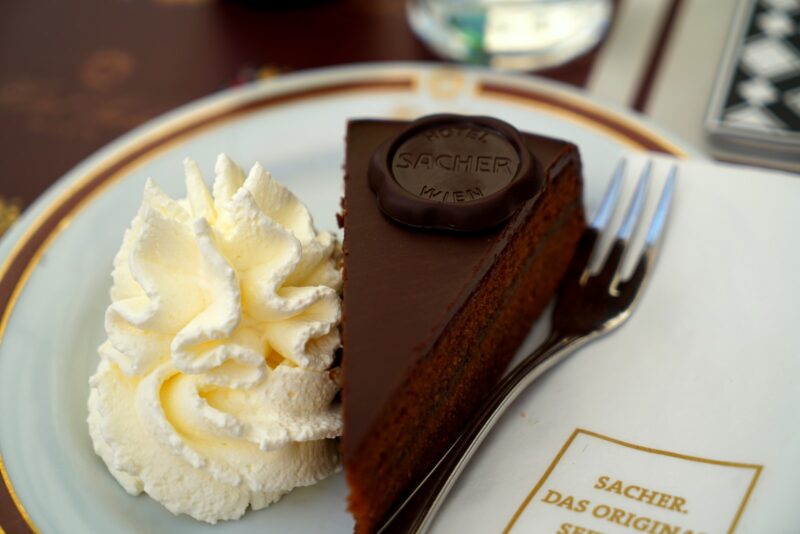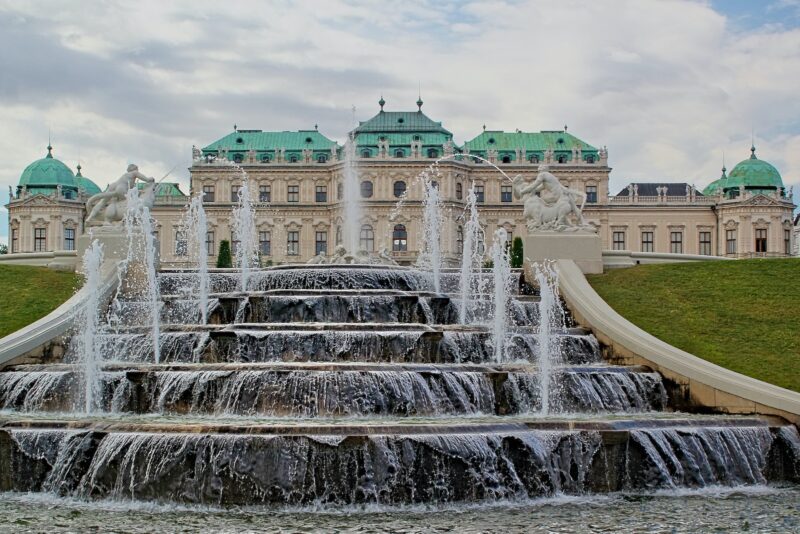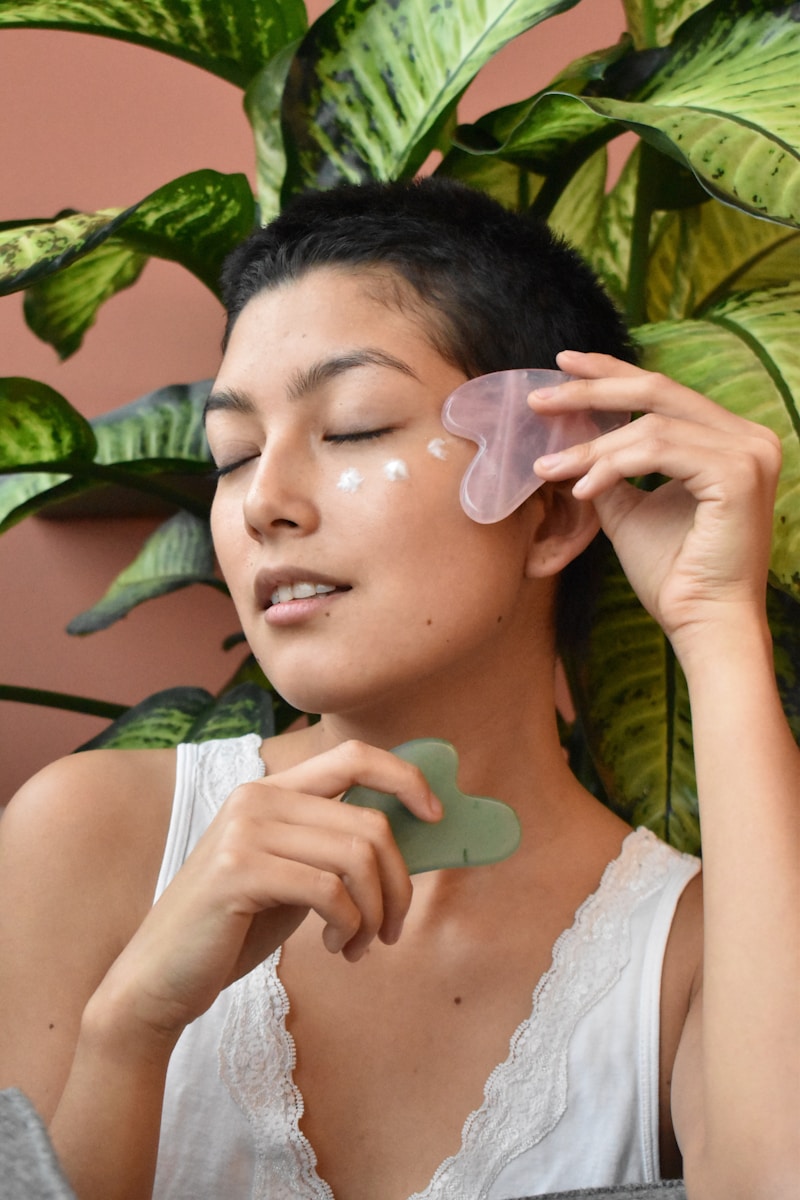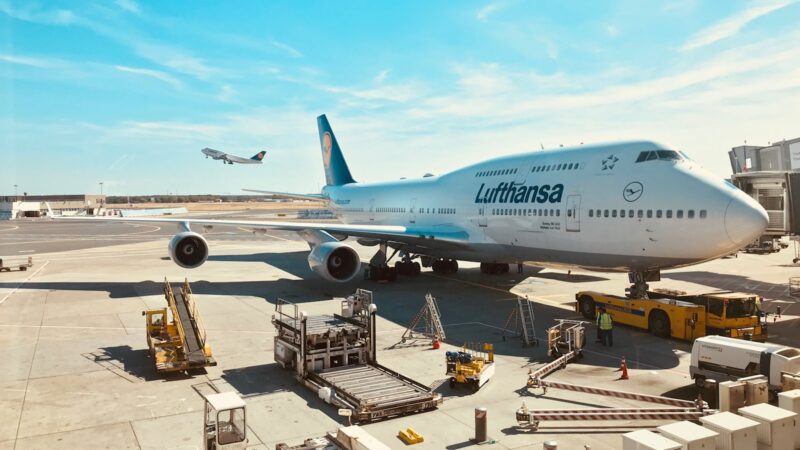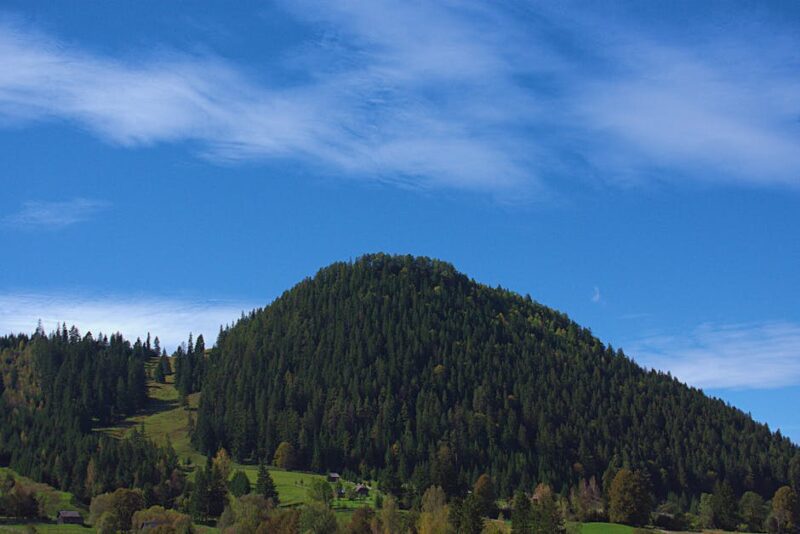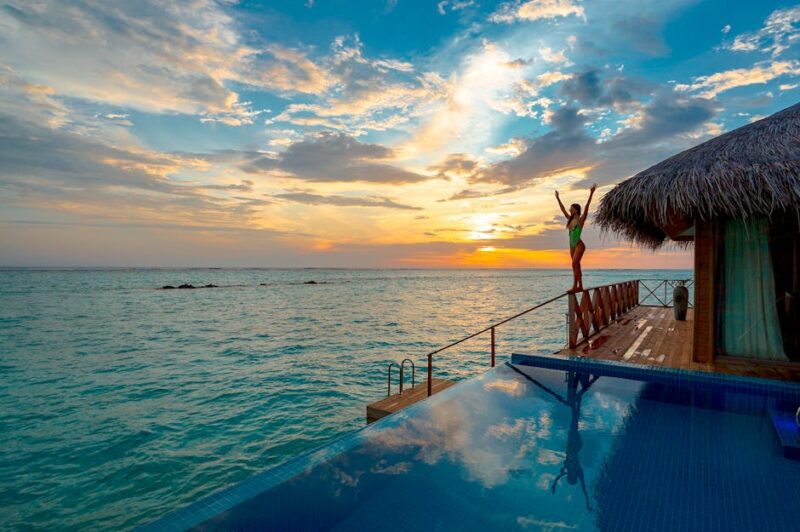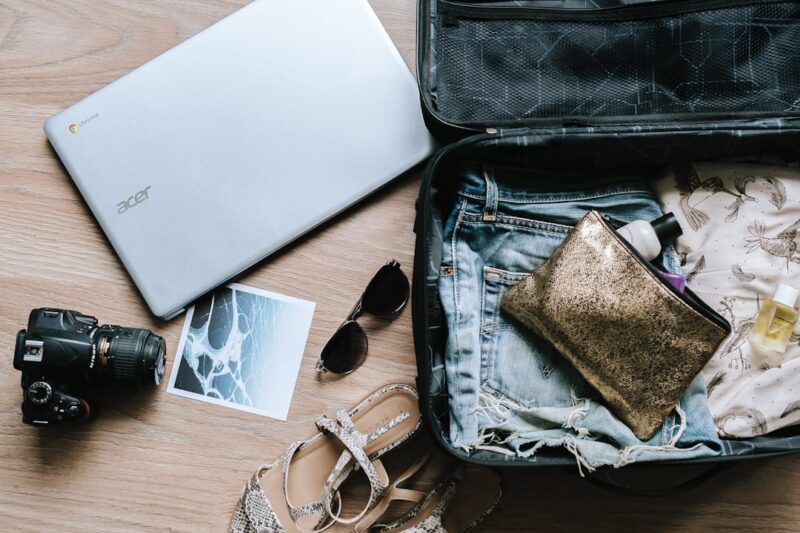Vienna, the capital city of Austria, is a cultural hub that boasts of a rich history, stunning architecture, and a vibrant art scene. With a population of over 1.8 million people, Vienna is the largest city in Austria and is home to numerous museums, galleries, and theaters. The city is renowned for its classical music, with famous composers such as Mozart, Beethoven, and Haydn having lived and worked here.
Visitors to Vienna can explore the city’s many attractions, including the Hofburg Palace, the Schönbrunn Palace, and St. Stephen’s Cathedral. The Hofburg Palace was the former imperial residence of the Habsburg dynasty and today houses several museums, including the Sisi Museum and the Imperial Apartments. The Schönbrunn Palace, a UNESCO World Heritage Site, is one of the most popular tourist destinations in Vienna. Visitors can take a tour of the palace, stroll through the gardens, and enjoy a concert at the Orangery.
Vienna is also known for its coffee culture, with numerous coffeehouses scattered throughout the city. These coffeehouses are not just places to grab a cup of coffee but are also cultural institutions where people can socialize, read, and relax. The Viennese coffeehouse culture was added to UNESCO’s list of Intangible Cultural Heritage in 2011, recognizing its importance in the city’s cultural heritage.
Want some other travel guides? Check out
Table of Contents
ToggleHistory and Architecture
Vienna is a city that boasts a rich history and stunning architecture. The city was once the capital of the Holy Roman Empire and later the Habsburg Empire, which has left a lasting impact on the city’s architecture.
Vienna is known for its Baroque architecture, which is characterized by its ornate decoration and grandeur. The city is home to many Baroque-style buildings, including the Belvedere Palace, the Karlskirche, and the Schönbrunn Palace. These buildings are must-visit sites for architecture enthusiasts.
In addition to Baroque architecture, the city also has a variety of other architectural styles, including Gothic, Renaissance, and Art Nouveau. The city’s architecture is a reflection of its rich history and the many different cultures that have influenced it over the years.
Visitors can explore the city’s architecture through guided tours or by exploring on their own. The city offers a free architecture guide, which provides information on the city’s most significant buildings and neighborhoods.
Overall, Vienna’s architecture is a testament to the city’s rich history and cultural heritage. Visitors to the city can experience the grandeur of the Habsburg Empire and the beauty of Baroque architecture while exploring the city’s many historic buildings and neighborhoods.
Art in Vienna
Vienna is a rich city in history, architecture, music, and art. The city has been home to some of the world’s most influential artists, including Gustav Klimt, Egon Schiele, and Raphael. Vienna’s art scene is a reflection of the city’s cultural heritage and its contemporary artistic expression.
One of the most famous artworks is Gustav Klimt’s “The Kiss.” The painting is considered one of the most iconic works of art in the world and is housed in the Upper Belvedere Palace. The palace is home to many other famous works of art, including pieces by Rodin, Schiele, and Van Gogh.
Another famous artist associated with Vienna is Egon Schiele. The Leopold Museum in Vienna is home to the largest collection of Schiele’s works in the world. Schiele’s art is known for its raw and emotional intensity, and his works are a must-see for art lovers.
Vienna’s art scene is not limited to the past. The city is also home to many contemporary art galleries and museums. The Museum of Modern Art (MUMOK) is one of the most popular museums in Vienna and features works by contemporary artists from around the world.
Vienna is also known for its Art Nouveau architecture. The city has many buildings that are designed in the Art Nouveau style, including the famous Secession Building. The building is a masterpiece of Art Nouveau architecture and is home to the famous Beethoven Frieze by Gustav Klimt.
In addition to Klimt and Schiele, Vienna has been home to many other famous artists, including Mozart, Schubert, and Strauss. The city’s rich cultural heritage has influenced its art scene, making it a must-visit destination for art lovers.
Famous Palaces
Vienna is known for its impressive palaces that reflect the city’s rich history and architectural heritage. These palaces are a must-visit for anyone traveling to Vienna, and each one has its unique story to tell.
Hofburg Palace
The Hofburg Palace is one of the most significant palaces in Vienna. It served as the imperial palace of the Habsburg dynasty for more than six centuries. Today, it is home to the offices of the President of Austria and several museums, including the Imperial Apartments, the Sisi Museum, and the Silver Collection.
Belvedere Palace
The Belvedere Palace is a magnificent Baroque palace complex located in the heart of Vienna. It consists of two palaces, the Upper and Lower Belvedere, which are connected by a beautiful garden. The palace houses the Belvedere Museum, which has an extensive collection of Austrian art from the Middle Ages to the present day.
Schönbrunn Palace
The Schönbrunn Palace is undoubtedly the most famous palace in Vienna. It served as the summer residence of the Habsburg emperors and is considered one of the most beautiful Baroque palaces in Europe. The palace has over 1,400 rooms, and visitors can explore the staterooms, private apartments, and gardens.
This post talks about the most beautiful castles in Europe
Other Museums and Attractions
Vienna is home to some of the world’s most impressive museums and attractions. From art and history to music and science, there is something for everyone in this vibrant city.
Art
One of the most popular museums in Vienna is the Albertina, which houses an extensive collection of graphic art, including works by Dürer, Rembrandt, and Picasso. Visitors can also enjoy temporary exhibitions and special events throughout the year.
Another must-visit museum is the Leopold Museum, located in the MuseumsQuartier. This museum is dedicated to Austrian modernism and features works by Gustav Klimt, Egon Schiele, and Oskar Kokoschka, among others.
For those interested in history and culture, the Kunsthistorisches Museum is a must-see. This impressive museum houses a vast collection of art and artifacts from around the world, including works by Raphael, Caravaggio, and Vermeer.
Music and Opera
Music lovers should not miss the Haus der Musik, an interactive museum dedicated to the history and science of music. Visitors can explore exhibits on sound and acoustics, learn about famous composers and musicians, and even conduct a virtual orchestra.
No trip to Vienna would be complete without a visit to the famous MuseumsQuartier. This cultural complex is home to several museums, including the Leopold Museum, the Museum of Modern Art, and the Kunsthalle Wien. Visitors can also enjoy outdoor concerts, film screenings, and other events throughout the year.
Vienna is known as the City of Music, and for good reason. The city has a rich musical heritage, with famous composers such as Mozart, Beethoven, and Schubert having lived and worked here. Visitors can experience this musical legacy through a variety of music and opera-related activities.
Staatsoper
One of the most popular attractions for music lovers is the Vienna State Opera, also known as the Staatsoper. This historic opera house has been in operation since the mid-19th century and is renowned for its world-class performances. Visitors can take a guided tour of the opera house to learn about its history and architecture, as well as the inner workings of the opera business.
Other Venues
In addition to the Staatsoper, there are many other venues in Vienna where visitors can enjoy classical music and opera performances. The Vienna Philharmonic Orchestra is one of the most famous orchestras in the world and performs regularly at the Musikverein concert hall. Other notable venues include the Konzerthaus and the Theater an der Wien.
For those interested in learning more about the lives and works of famous composers, there are several museums and composer houses in Vienna. The House of Music is a museum dedicated to the history of music, while the Musical Instrument Museum houses a collection of over 1,000 musical instruments. Visitors can also visit the former homes of composers such as Mozart, Beethoven, and Schubert to learn about their lives and see artifacts related to their work.
Overall, Vienna’s music and opera scene is a must-see for any visitor to the city. With a rich history and a variety of venues and attractions, there is something for every music lover to enjoy.
Local Cuisine
Vienna is famous for its rich culinary culture, which is a blend of traditional Viennese and international cuisines. The city offers an array of dishes that are sure to tantalize your taste buds. From hearty stews to delicate pastries, you will be sure to find something that delights you.
One of the most popular dishes is the Wiener Schnitzel. This dish is made from veal that is pounded thin, breaded, and then fried to perfection. It is typically served with a side of potato salad or lingonberry jam. If you’re looking for a more traditional Viennese dish, try the Tafelspitz, which is boiled beef served with horseradish and apple-horseradish sauce.
In addition to its savory dishes, Vienna is also known for its sweet treats. The Sachertorte is a must-try dessert that was invented in Vienna in the 19th century. It is a chocolate cake with a layer of apricot jam and a chocolate glaze. Another popular dessert is the Apfelstrudel, which is a pastry filled with warm, spiced apples.
When it comes to wine, Vienna is home to some of the best vineyards in Austria. Gruner Veltliner and Welschriesling are two of the most popular white wines in the region. If you prefer red wine, try the Blaufrankisch or Zweigelt. Wine-tasting tours are a popular activity in Vienna, where you can sample some of the best wines in the region.
Overall, Vienna’s local cuisine is a must-try for any foodie visiting the city. From its famous Wiener Schnitzel to its delectable pastries, Vienna’s culinary scene is sure to leave you satisfied.
Outdoor Activities
Vienna is a city that offers a wide range of outdoor activities for visitors. Whether you are looking for a leisurely stroll in a park or an adventurous hike in the Vienna woods, there is something for everyone.
Parks
Vienna is home to numerous parks that offer a peaceful escape from the bustling city. The most famous park is the Stadtpark, which is located in the heart of Vienna. The park is known for its beautiful gardens, sculptures, and monuments. Visitors can take a relaxing walk, have a picnic, or simply enjoy the scenery.
Another popular park is the Prater, which is located on the outskirts of the city. The park is home to the famous Ferris wheel, which offers stunning views. Visitors can also enjoy a variety of other attractions, including roller coasters, bumper cars, and a haunted house.
Vienna Woods
For those looking for a more adventurous outdoor experience, the Vienna Woods offer numerous hiking trails and scenic views. The woods are located on the outskirts of the city and offer a peaceful escape from the city noise. Visitors can take a leisurely hike or a more challenging trek through the hills.
Vineyards
Vienna is also known for its vineyards, which are located on the outskirts of the city. Visitors can take a tour of the vineyards and learn about the wine-making process. They can also sample some of the best wines in the region. The vineyards offer a beautiful setting for a romantic picnic or a leisurely stroll.
Beach
While Vienna may not be located near the ocean, it does offer a unique beach experience. The Danube Island is a popular destination for locals and visitors alike. The island offers a variety of activities, including swimming, boating, and beach volleyball. Visitors can also enjoy a picnic on the sandy beach.
Overall, Vienna offers a diverse range of outdoor activities for visitors. Whether you are looking for a peaceful escape or an adventurous hike, there is something for everyone.
Shopping and Markets
Vienna is a shopper’s paradise with lots of unique shopping experiences to explore. From high-end fashion boutiques to traditional markets, Vienna has something for everyone.
One of the most popular markets in Vienna is the Naschmarkt, which is considered a tourist attraction. Located in the heart of Vienna, the Naschmarkt is a vibrant and bustling market that offers a wide range of products such as fresh fruits, vegetables, spices, and exotic foods. The market is open from early morning to late evening, and there are numerous cafes, restaurants, and bars around the market that are open until 11 p.m. making it a great spot to visit in the evening.
Antique Shopping
For those looking for a more unique shopping experience, Vienna has many flea markets and antique shops to explore. The city is known for its antique shops that offer a wide range of items such as antique furniture, jewelry, and artwork. One of the most popular antique shops in Vienna is the Antikmarkt am Naschmarkt, which is located near the Naschmarkt. The market offers a wide range of items such as antique furniture, jewelry, and artwork.
Farmer’s Market
In addition to the Naschmarkt, Vienna has many other markets that are worth exploring. The city is home to many farmers’ markets that offer fresh produce and local products. One of the most popular farmers’ markets in Vienna is the Karmelitermarkt, which is located in the Second District. The market offers a wide range of products such as fresh fruits, vegetables, and meats.
Public Transport
Vienna has a well-organized and efficient public transportation system that makes it easy for travelers to explore the city. The public transport network consists of buses, trams, subways, and trains, which are collectively known as “Öffis” by the locals. The Vienna Transport Authority (Wiener Linien) manages the public transport system in Vienna.
Types of Public Transport
The following are the primary forms of public transport in Vienna:
- U-Bahn (subway)
- S-Bahn (local train)
- Straßenbahn (tram)
- Autobus (bus)
The U-Bahn and S-Bahn are the quickest ways to travel around the city, while the tram and bus routes offer a more scenic view of the city. The public transportation system operates from 5:00 am to midnight, and night buses (known as “Nightline”) run from midnight to 5:00 am.
Tickets and Fares
Travelers can use the same ticket for all modes of public transport in Vienna. The tickets are available at ticket machines located at subway stations, tram stops, and bus stops. Travelers can also buy tickets online from the Wiener Linien website.
The ticket prices are based on the number of zones traveled. A single ticket for one zone costs €2.40, while a 24-hour ticket costs €8.00. Travelers can also buy weekly, monthly, or annual passes. The passes are ideal for travelers who plan to use public transport frequently during their stay in Vienna.
Taxi and Uber
Taxis are readily available in Vienna, and travelers can hail them on the street or book them through a taxi app. The taxi fares in Vienna are regulated, and the rates are displayed on the taxi meter. Uber is also available in Vienna, and travelers can book an Uber ride through the Uber app.
Overall, Vienna’s public transport system is efficient, reliable, and affordable, making it easy for travelers to explore the city.
Accommodation and Hotels
Vienna offers a wide range of accommodation options to suit every traveler’s needs and budget. From luxury hotels to budget-friendly hostels, visitors can find an option that fits their preferences.
Hotels
Vienna has a vast selection of hotels to choose from, ranging from five-star luxury hotels to budget-friendly options. The city has several international hotel chains, including Marriott, Hilton, and InterContinental. Visitors can also find boutique hotels that offer a more personalized experience. The average price for a hotel room is around €100-€150 per night, but prices can vary depending on the location and season.
Hostels
For budget travelers, hostels are an excellent choice. Vienna has several hostels that offer affordable accommodation options, including dormitory-style rooms and private rooms. Hostels are an excellent option for solo travelers or backpackers looking to meet new people and save money on accommodation costs. The average price for a hostel bed in Vienna is around €20-€40 per night.
Accommodation Prices
The cost of accommodation can vary depending on the location and season. During peak tourist season, which is from June to August, prices for accommodation tend to be higher. Visitors can save money by booking their accommodation in advance and traveling during the off-season.
Overall, there is a vast selection of accommodation options to suit every traveler’s needs and budget. Visitors can choose from luxury hotels, budget-friendly hostels, and everything in between. By planning ahead and booking in advance, visitors can find the best deals and make the most of their stay.
Seasons
Vienna is a year-round destination, and each season has its own charm. In general, the best time to visit Vienna is during the shoulder seasons of spring and fall when the weather is mild, and the crowds are smaller. However, each season has its own unique attractions and experiences to offer.
Spring
Spring in Vienna is a beautiful time of year when the city comes alive with blooming flowers and greenery. The weather is mild, and the crowds are smaller than in the summer months. This is a great time to explore the city’s parks and gardens, such as the Schönbrunn Palace Gardens or the Stadtpark. You can also attend the Easter markets, which offer traditional crafts, food, and drinks.
Summer
Summer is the peak tourist season and is when the city is bustling with activity. The weather is warm, and there are plenty of outdoor events and festivals to enjoy. From the Vienna Jazz Festival to the Danube Island Festival, there is something for everyone. You can also take a stroll through the historic city center or enjoy a picnic in one of the city’s parks.
Fall
Fall is another great time to visit, with mild weather and fewer crowds than in the summer. This is the time when the city’s cultural calendar is in full swing, with events such as the Vienna Design Week and the Vienna International Film Festival. You can also enjoy the fall foliage in the city’s parks, such as the Prater or the Lainzer Tiergarten.
Winter
Winter in Vienna is a magical time of year, with festive markets, ice skating, and warm drinks. The city is known for its Christmas markets, which offer traditional crafts, food, and drinks. You can also attend the New Year’s Eve celebrations, which include a spectacular fireworks display. If you’re looking for indoor activities, you can visit the city’s museums or attend a concert at one of the many venues.
Frequently Asked Questions
How many days are recommended for a visit?
The recommended duration of a visit to Vienna depends on the traveler’s interests. If one wants to see the major tourist attractions, a three-day trip would suffice. However, for those who want to explore the city in-depth, a five-day trip would be more appropriate.
What should I know before traveling?
Before traveling to Vienna, it is essential to know that the official language is German, but English is widely spoken. The currency used is the Euro, and credit cards are accepted almost everywhere. The city is safe, and tourists need not worry about their safety.
What is the best time of year to visit?
The best time to visit Vienna is from April to May or September to October when the weather is mild, and the crowds are smaller. During these months, the city is less crowded, and the hotel prices are lower. However, the Christmas season is also a popular time to visit Vienna, as the city is famous for its Christmas markets.
Is Vienna a tourist-friendly destination?
Vienna is a very tourist-friendly destination, and visitors can easily navigate the city using public transportation. The city has an excellent public transportation system, including buses, trams, and trains. Visitors can also purchase the Vienna City Card, which offers discounts on attractions and public transportation.
What are some must-see attractions?
Vienna is home to many famous attractions, including the Schönbrunn Palace, St. Stephen’s Cathedral, the Vienna State Opera, and the Hofburg Palace. Other popular attractions include the Belvedere Palace, the Naschmarkt, and the Prater amusement park.
